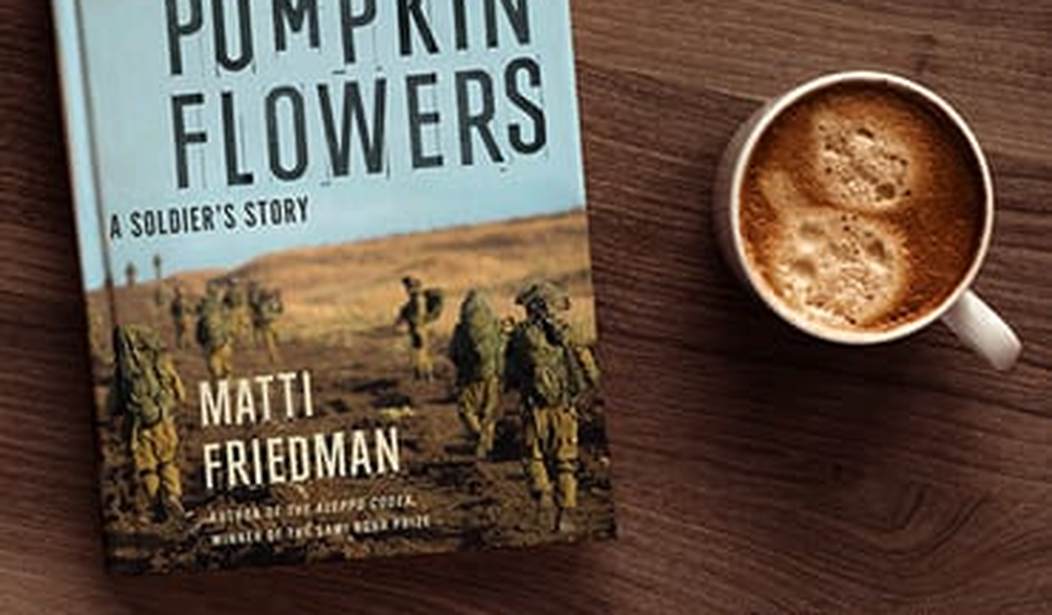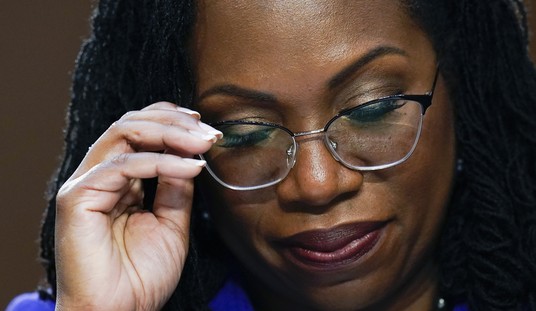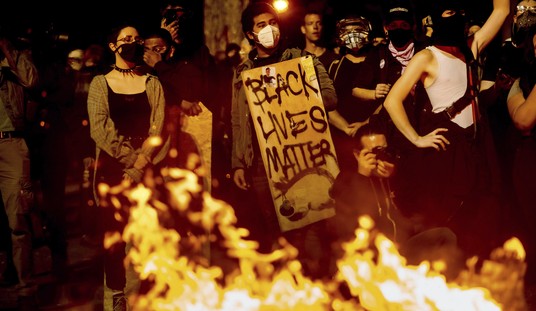Matti Friedman, a journalist and writer who moved from Canada to Israel in his late teens in the late 1990s, has written a powerful little book, Pumpkin Flowers, that takes you deep into Israeli and Middle Eastern reality.
The Pumpkin was a hill in the southern-Lebanon security zone, which Israel set up in 1985 and withdrew from in 2000. “Flowers” was military code for casualties. In those years Hizballah was able to inflict a steady toll of “flowers” at the Pumpkin and other security-zone outposts. It was that—along with the 1997 helicopter disaster (a horrendous accident)—that swayed Israel into finally leaving the zone. As well as a hope—soon shattered—that doing so would lead to peace.
Pumpkin Flowers deals with the Pumpkin in three stages. The middle one is Friedman’s own service there. But first comes his account of Avi Ofner, a young Israeli who served at the Pumpkin before Friedman did. Friedman intensively “researched” Avi and succeeds to evoke him unforgettably.
Unconventional, deep-thinking, authority-mistrusting, and literarily talented, Avi—despite a veneer of disdain—served his full, difficult stint at the Pumpkin with devotion, even passing up possibilities of easier, safer jobs within Israel. As Friedman acutely observes, he and other young soldiers “wouldn’t have said it themselves because of a social code mandating self-deprecation and sarcasm and forbidding any credulous expression of ideals, so it needs to be said on their behalf: they believed they were doing the right thing.” On his last return to the Pumpkin, already planning his impending civilian life, Avi boarded an army helicopter—one of two involved in the midair collision that killed him and 72 others.
By the time Friedman, a raw Canadian-Israeli recruit, found himself at the Pumpkin, it had a legacy of bloody battles, including the 1996 Falcon Incident that killed five soldiers and wounded eight in one night. But as Friedman notes, it was most of all the helicopter disaster—caused by human error, not Hizballah—that fostered a growing, intense, bitter debate in Israel about leaving the security zone altogether. Today Israelis do not miss the security zone, but know that Hizballah’s real target—like its patron Iran’s—was and remains Israel itself.
And it was not only Israel that would be learning about Islamist terror:
Within a few years elements of the security zone war would, in turn, appear elsewhere and become familiar to everyone in the West: Muslim guerrillas operating in a failed and chaotic state; small clashes in which the key actor is not the general but the lieutenant or private; the use of a democracy’s sensitivities, public opinion, and free press as weapons against it.
But in those days, Friedman and his comrades—gazing through thermal sights at the surrounding landscape, including the mainly-Shiite, Hizballah-ruled town of Nabatieh where they could make out a gas station, a hospital, a monastery, and even a woman with dyed blond hair who left her house for work every morning—still talked jokingly, half-jokingly, of being able to visit these places once peace set in. They were—beyond the defensive irony—expressing deep Israeli wishes of the 1990s.
By the spring of 2000, Friedman had finished his compulsory service (but with reserve duty ahead of him), and Israel left the security zone, blowing up the Pumpkin and all its other outposts. But “[i]t turned out the Palestinians were watching closely that last night in the security zone.” Watching closely—and getting inspired:
When the suicide bombings began in our cities that fall we realized there was no “new Middle East” after all. That phrase would never be used again without sarcasm. The Middle East was gutted houses and cafes, and young killers in black masks.
And yet Friedman, a couple of years later, now a university student of Islam and the Middle East with time out for intifada-fighting reserve duty, hit upon a peculiar idea: actually implementing the vision of returning to Lebanon and, ultimately, to the remains of the Pumpkin itself. “I’m sure that at the time I thought”—still, amid the Middle Eastern fury—“this might give me reason for hope.”
And so the summer of 2002 found him—after first returning briefly to his native Toronto—entering Lebanon on his Canadian passport to play the part of a non-Israeli, non-Jewish, Canadian tourist.
The Lebanese turned out to be friendly, curious, talkative—and steeped in hatred of Israel and Jews. A Shiite in Beirut told him: “Jews are very bad. They kill little babies.” A group of young, mixed Muslim and Christian, more liberal Lebanese didn’t turn out much better; one asked: “did I agree that Israel had engineered the American plan to invade Iraq so that the Palestinians could be transferred there?” The “better bookstores in Beirut” featured The Protocols of the Elders of Zion and other antisemitic works.
And if all that wasn’t bad enough, Friedman then made his way by taxi to the grim, Hizballah-dominated south with its posters of Khomeini and wall portraits of “martyrs” who had killed Israelis. In Nabatieh he felt he was “pushing my luck” and “badly wanted to leave.” Which he did, by taxi, for one last stop: what was left of the Pumpkin.
There, in what is the book’s third encounter with the place, Friedman comes face to face with the real lessons that this hill—now a desolate ruin—has to impart: not the fruition of youthful fantasies but the cruelty of war, the preciousness and fragility of life, the harshness and implacability of the Middle East. When he left it, he “knew I wouldn’t see it again.”
Pumpkin Flowers is ultimately a story of an individual’s and a society’s growth and adjustment to reality. Rendered in Friedman’s lean, pinpoint prose with its frequent poetic intensities, it’s an engrossing read and leaves—I’m already finding—a strong impact.









Join the conversation as a VIP Member